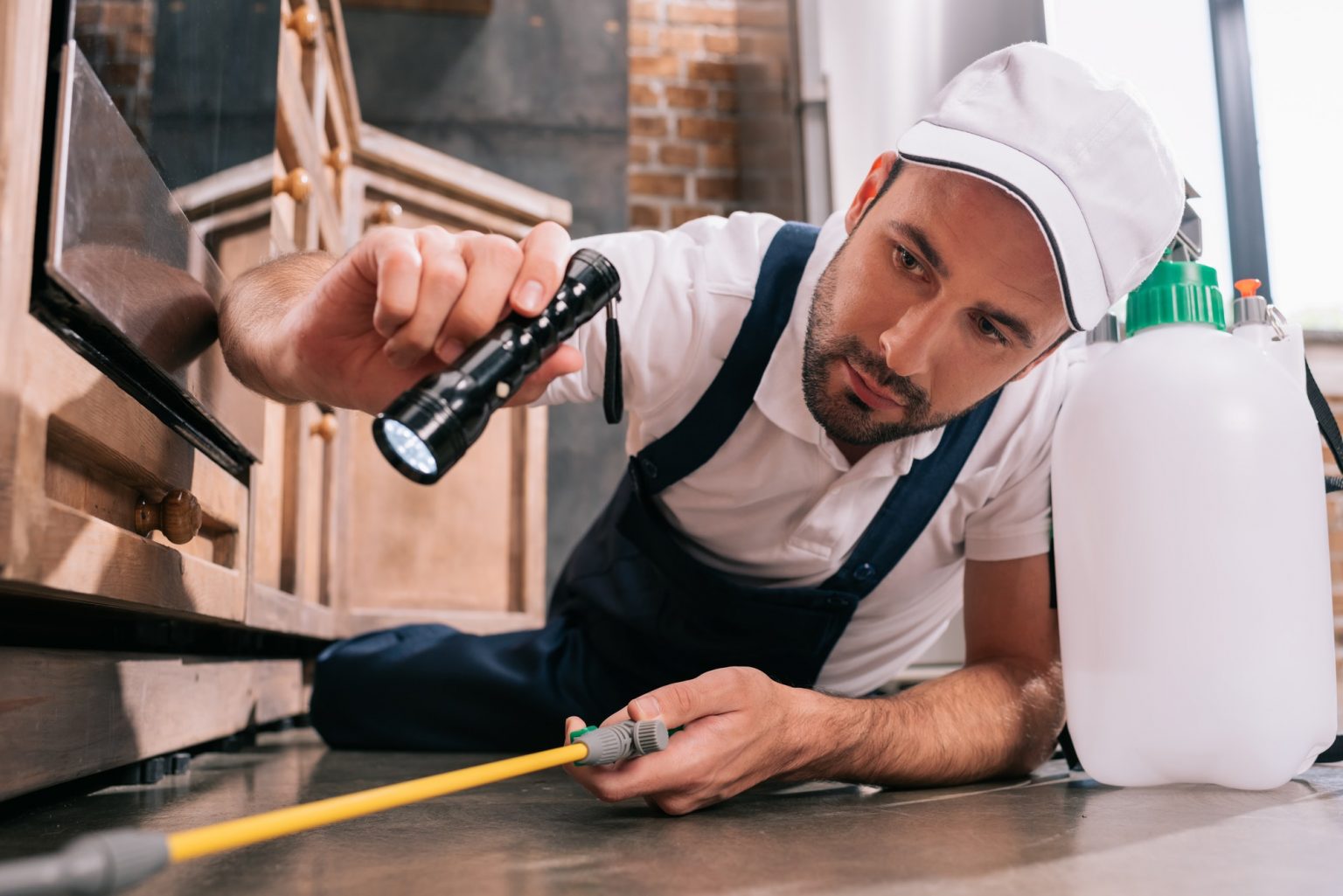Certified Pest Control Operators of Georgia Inc
Promoting Professionalism for the Pest Control Industry since 1998
Menu
Certified Pest Control Operators of Georgia Inc
Menu

What is Integrated Pest Management? It is a science-based decision making process that employs biological, mechanical, cultural, and chemical control methods is such a way as to minimize economic, environmental, and public health risks associated with pests and pest management practices.
Integrated Pest Management is rapidly becoming the standard for handling pest problems in agriculture and urban settings. Consumer concerns about pesticides and food safety are growing and placing increased pressure on land grant universities to provide growers with effective management strategies that minimize the impact of pesticides and fertilizers on food products and the environment. Additionally, homeowners demand safe, effective pest management strategies for use in their own homes and gardens.
IPM is not a single pest control method but, rather, a series of pest management evaluations, decisions and controls. In practicing IPM, growers who are aware of the potential for pest infestation follow a four-tiered approach. The four steps include:


© 2024 Certified Pest Control Operators of Georgia Inc
Designed with ♥️ by Blue Light Labs